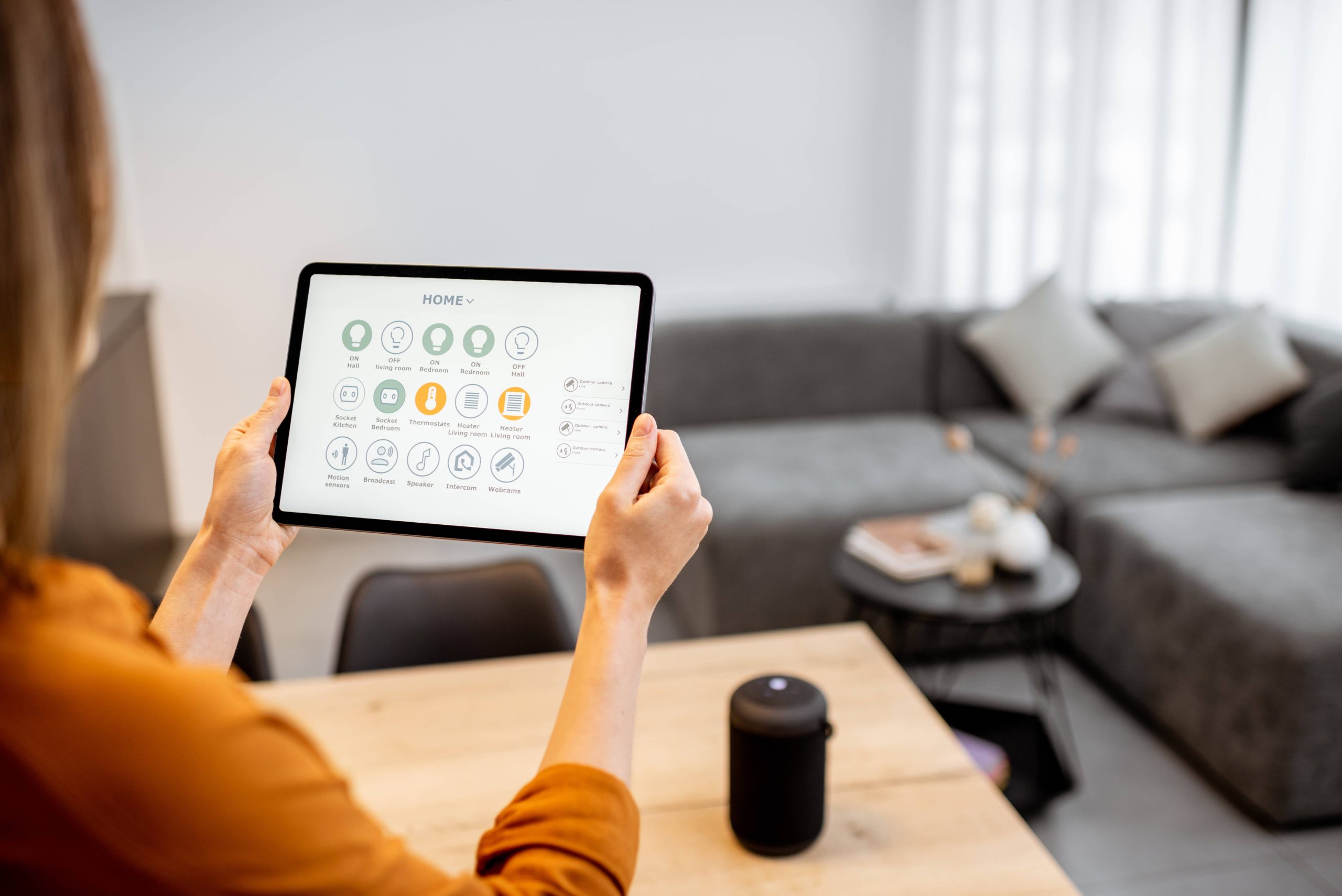
In today’s rapidly evolving digital landscape, the concept of a “smart home” has transcended beyond mere convenience and luxury. It has become a pivotal aspect of modern living, offering enhanced security, energy efficiency, and seamless connectivity. As a home blogger focusing on smart home innovations, it’s crucial to explore how cutting-edge smart technology can create a secure environment for homeowners. This blog post delves into the various facets of smart home security, highlighting the latest advancements and practical tips for implementing these technologies effectively.
Understanding Smart Home Security
Smart home security refers to the integration of advanced technologies to protect your home from potential threats. These technologies include smart locks, surveillance cameras, motion sensors, and alarm systems, all interconnected through a central hub or smartphone app. The primary goal is to provide homeowners with peace of mind by ensuring their property and loved ones are safe from intruders and other security risks.
The Role of IoT in Smart Home Security
The Internet of Things (IoT) plays a pivotal role in smart home security. IoT devices are interconnected, allowing them to communicate and share data seamlessly. This connectivity enables homeowners to monitor and control their security systems remotely, receive real-time alerts, and automate responses to potential threats. For instance, if a motion sensor detects unusual activity, it can trigger an alert on your smartphone, allowing you to take immediate action.
Cutting-Edge Smart Security Devices
1. Smart Locks: Traditional locks are becoming obsolete with the advent of smart locks. These devices offer keyless entry, allowing homeowners to unlock their doors using a smartphone app, fingerprint, or voice command. Some smart locks even provide temporary access codes for guests, ensuring you have complete control over who enters your home.
2. Surveillance Cameras: Modern surveillance cameras are equipped with high-definition video, night vision, and motion detection capabilities. They can be accessed remotely, enabling homeowners to monitor their property from anywhere in the world. Some cameras also feature facial recognition technology, alerting you if an unfamiliar face is detected.
3. Motion Sensors: Motion sensors are essential components of a smart security system. They detect movement within a specified range and can trigger alarms or notifications. Advanced motion sensors can differentiate between humans and pets, reducing false alarms.
4. Smart Alarms: Smart alarms are more than just noise-makers. They are integrated with your smart home system, allowing them to send alerts to your smartphone or even contact emergency services if necessary. Some smart alarms can also be controlled via voice commands, adding an extra layer of convenience.
Enhancing Security with Artificial Intelligence
Artificial Intelligence (AI) is revolutionizing smart home security by enabling devices to learn and adapt to your habits. AI-powered security systems can analyze patterns in your daily routine and identify anomalies that may indicate a security threat. For example, if your smart camera detects movement at an unusual time, it can alert you to a potential break-in.
AI also enhances facial recognition technology, making it more accurate and reliable. This technology can be used to identify family members, friends, and even delivery personnel, ensuring that only authorized individuals have access to your home.
The Importance of Data Privacy
While smart home technology offers numerous security benefits, it also raises concerns about data privacy. With so many devices collecting and transmitting data, it’s crucial to ensure that your personal information is protected. Here are some tips to safeguard your data:
– Use Strong Passwords: Ensure that all your smart devices are protected with strong, unique passwords. Avoid using easily guessable passwords like “123456” or “password.”
– Enable Two-Factor Authentication: Two-factor authentication adds an extra layer of security by requiring a second form of verification, such as a text message or email code, before granting access to your devices.
– Keep Software Updated: Regularly update the software on your smart devices to protect against vulnerabilities and ensure you have the latest security features.
– Review Privacy Settings: Familiarize yourself with the privacy settings of your smart devices and adjust them according to your preferences. Limit the amount of data your devices collect and share.
Conclusion
Creating a secure environment using cutting-edge smart technology is not just about installing the latest gadgets; it’s about integrating these technologies into your daily life to enhance safety and convenience. By leveraging IoT, AI, and advanced security devices, homeowners can enjoy peace of mind knowing their homes are protected against potential threats. However, it’s equally important to remain vigilant about data privacy and take proactive measures to safeguard your personal information. As smart home technology continues to evolve, staying informed and adapting to new advancements will be key to maintaining a secure and connected home.







